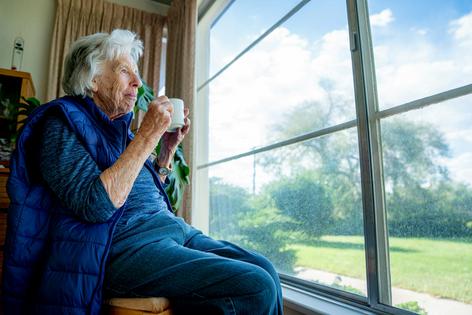US long-term care costs are sky-high, but Washington state’s new way to help pay for them could be nixed
Published in Health & Fitness
If you needed long-term care, could you afford it?
For many Americans, especially those with a middle-class income and little savings, the answer to that question is absolutely not.
Nursing homes charge somewhere around US$100,000 a year, while frequent visits from a paid caregiver may set you back more than $5,000 a month. With long-term care so expensive for growing numbers of older Americans, and the federal government doing little to make it accessible, some states are taking matters into their own hands to find better ways to cover costs.
Washington state has gone the furthest so far, but the future of its innovative program is not ensured. In November 2024, the state’s citizens will vote on whether to make paying the program tax voluntary, which would essentially make it financially unworkable.
I’ve spent the past few years as part of a team of four scholars examining the solutions that Washington and three other states have come up with to help the middle class pay for long-term care.
As more Americans require long-term care, many of them are belatedly discovering they have few, if any, ways to pay for it. Some are surprised to learn that Medicare, which provides Americans over 65 with health insurance, largely doesn’t cover long-term care.
Medicaid, the government’s health insurance program for low-income Americans, does provide long-term care coverage, but only if someone already is low income or if they spend down their savings and then qualify for support.
About 7.2 million people over age 65 have Medicaid coverage, while a slightly higher number, roughly 7.5 million, have long-term care insurance coverage through a private insurer. Private long-term care insurance premiums for women in their mid-50s, for example, can cost nearly $1,500 a year. And that’s on top of what someone is already spending on their health insurance. For someone older, their premium would be higher – about $2,700 per year for a woman buying a policy at age 65.
That leaves out at least 43 million people over 65, about 75% of Americans in their golden years, who would be stuck footing the bill should they require assisted living, in-home nursing or round-the-clock care in a nursing home.
This system isn’t working for anyone. It provides low-quality care that’s delivered by low-paid workers, and it can put pressure on family caregivers to make do without outside help.
...continued








Comments